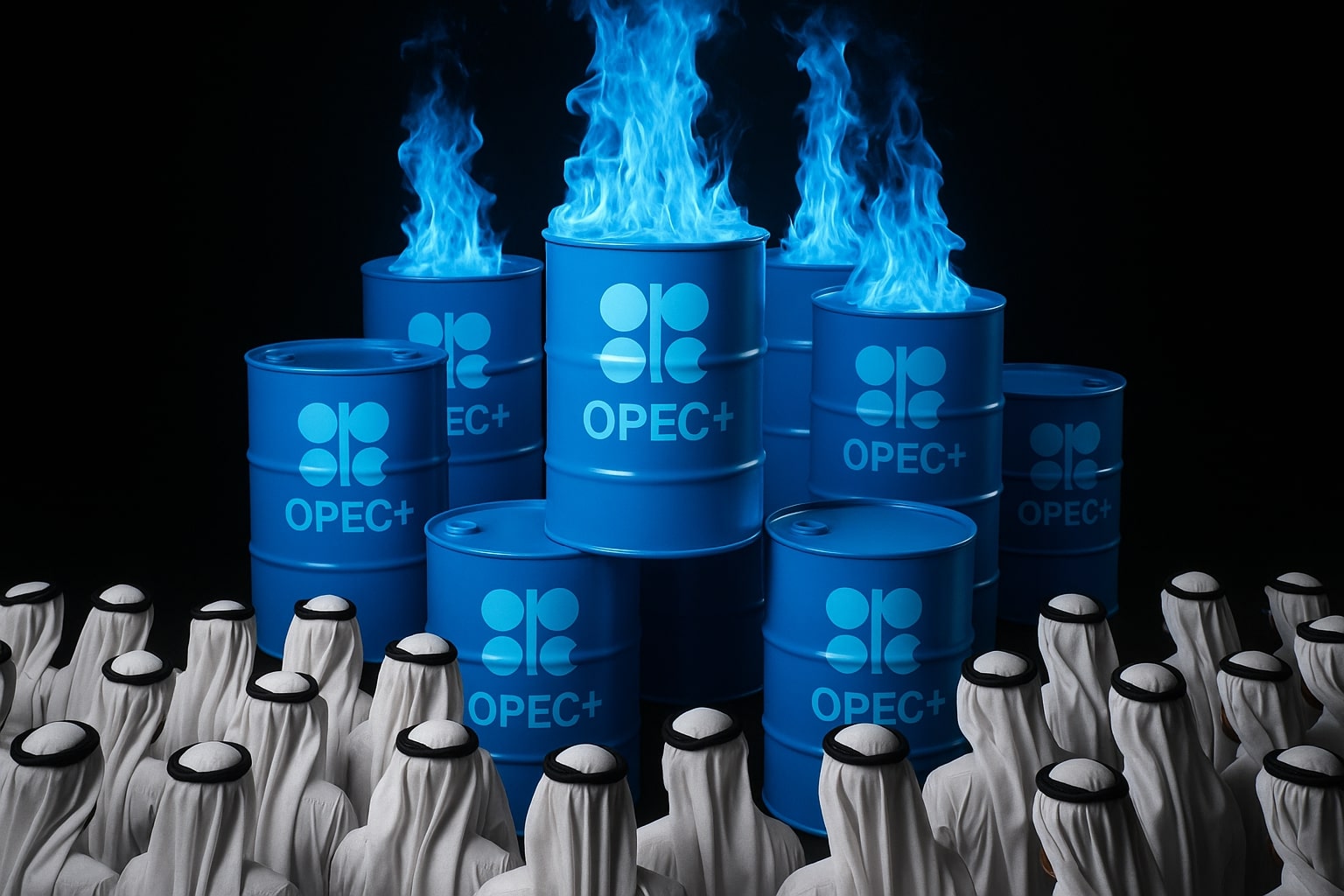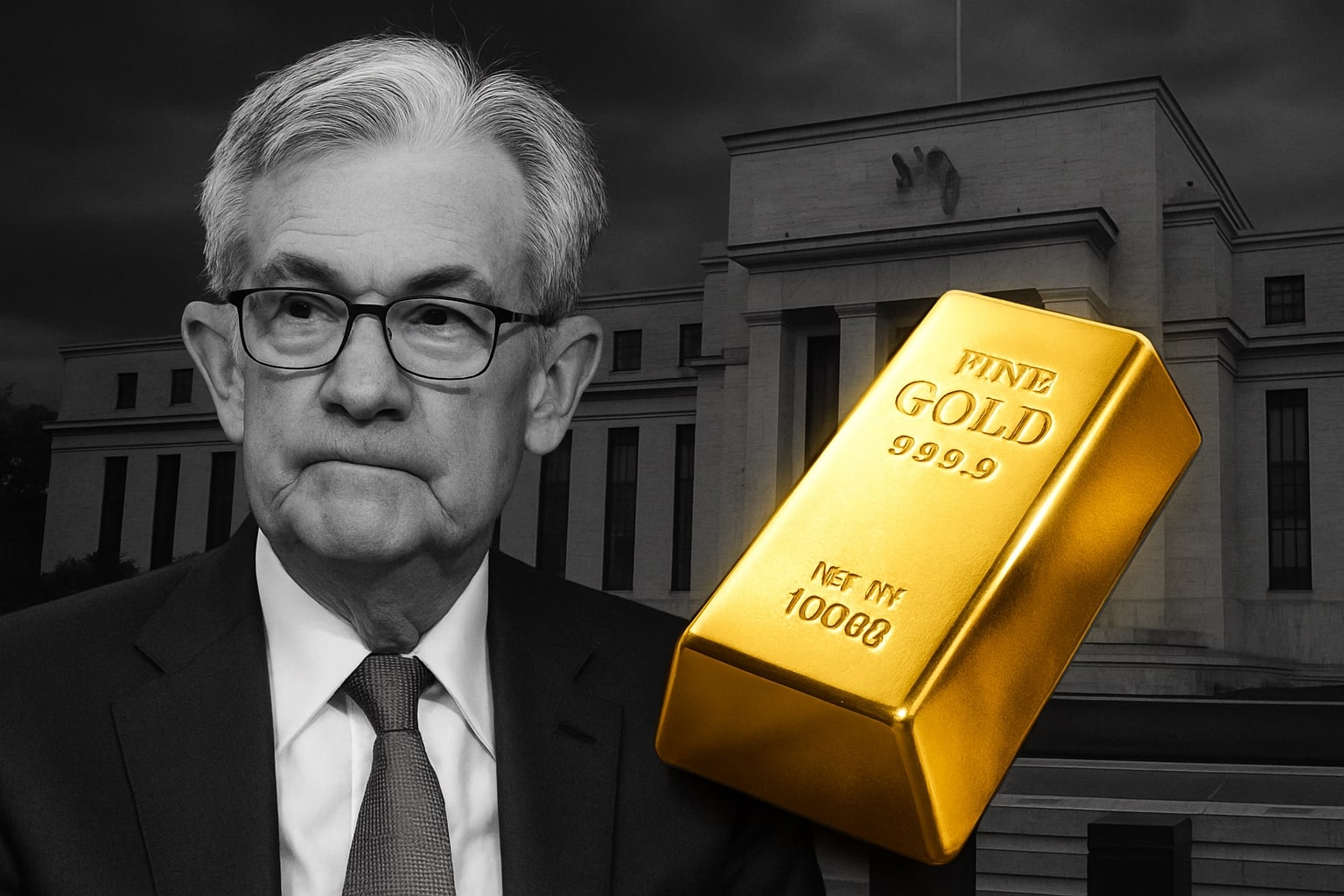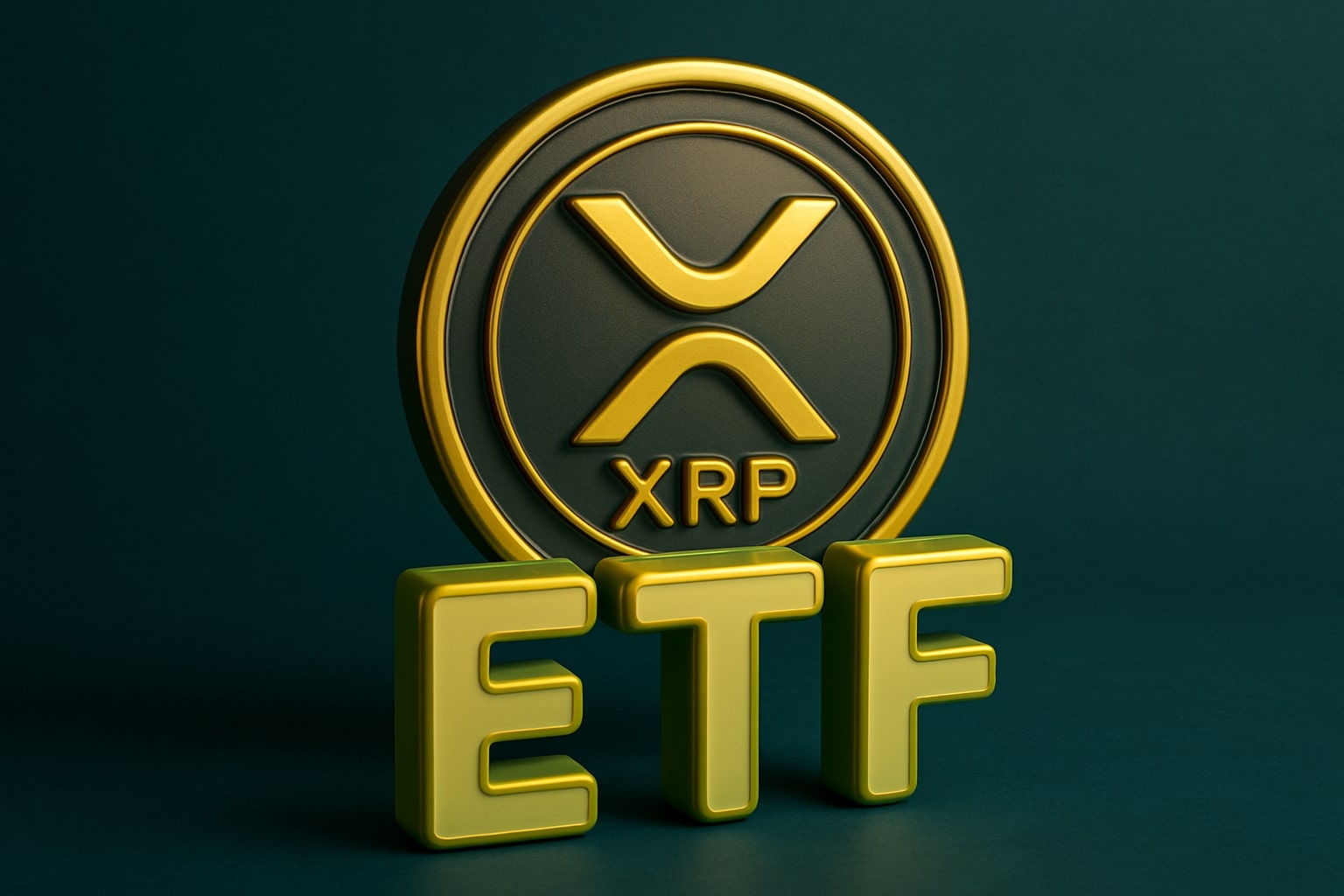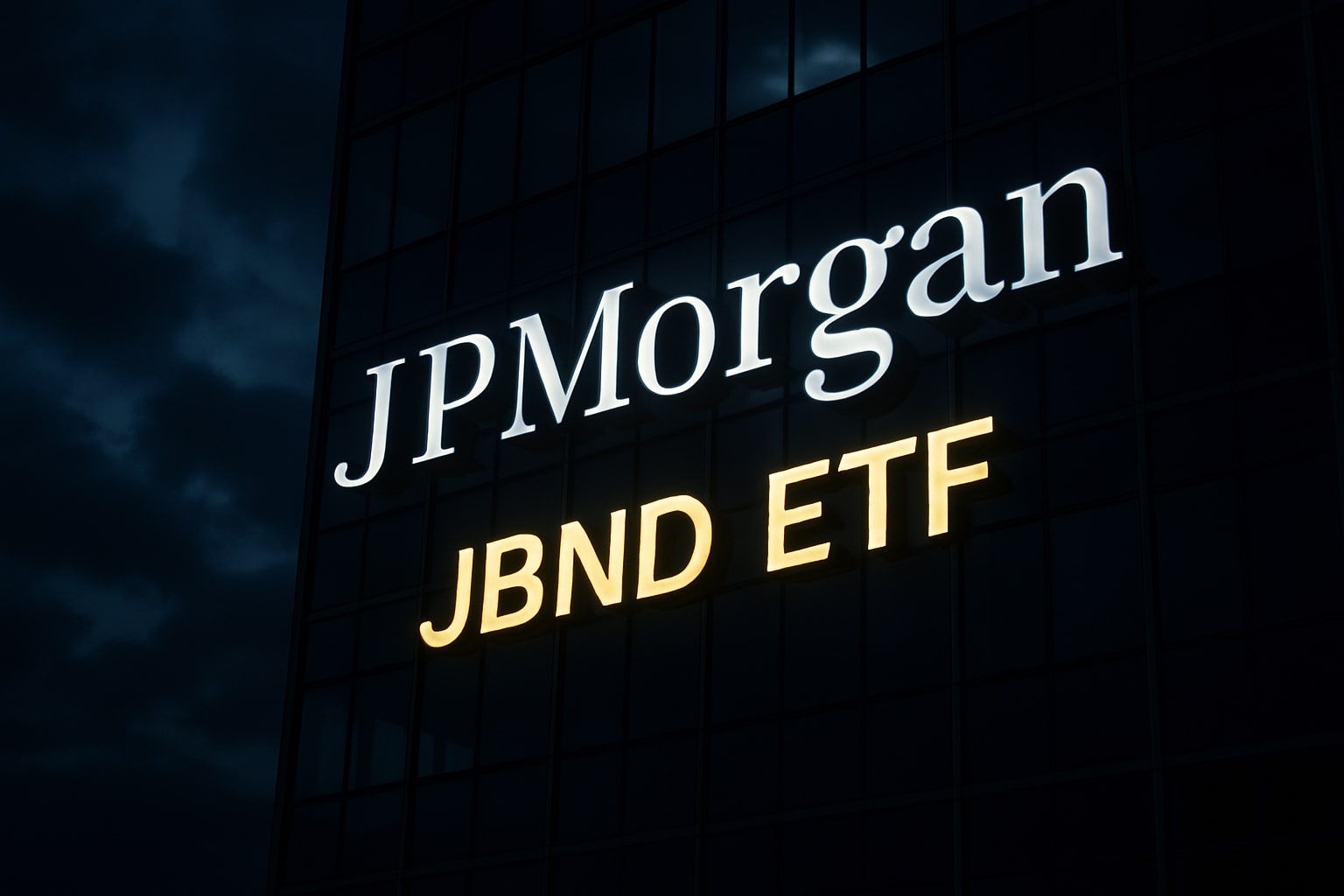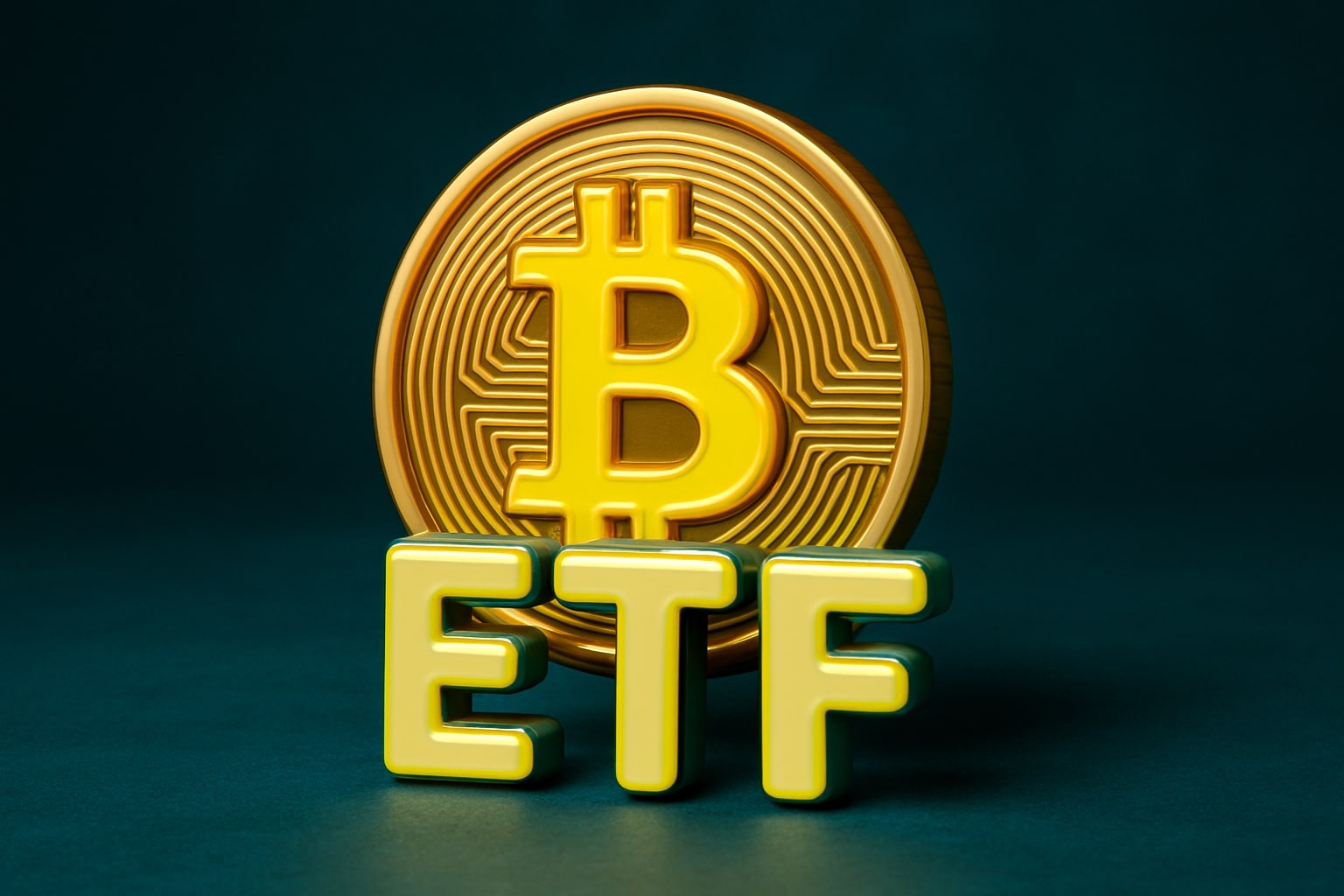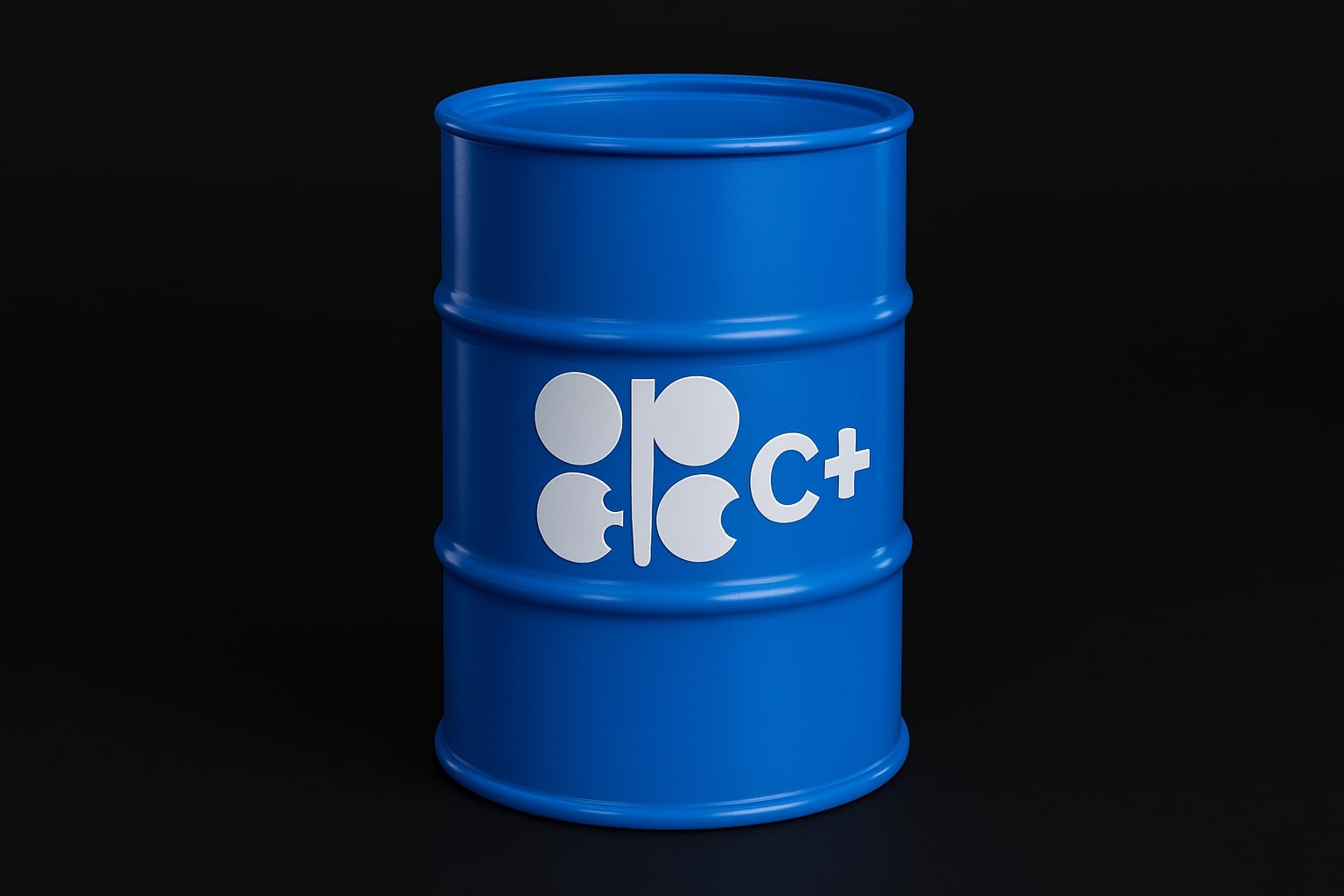
Oil Prices (WTI CL=F, Brent BZ=F) Rebounds to $62 as OPEC Uncertainty and U.S. Reserve Buying Set Fragile Price Floor
Crude prices climb from five-month lows after the U.S. SPR buyback and hopes of trade deals lift sentiment, while OPEC’s opaque output and record-high inventories keep markets on edge near $60–$63 per barrel | That's TradingNEWS
WTI Crude (CL=F) and Brent (BZ=F) Rebound from $60 as Oversupply Fears Meet OPEC Uncertainty
Oil markets are navigating an intense tug-of-war between deteriorating fundamentals and opaque OPEC production data. WTI Crude (CL=F) trades near $58.84 (+2.8%), while Brent (BZ=F) holds at $62.89 (+2.56%), recovering modestly from their five-month lows. The rebound follows news that the U.S. Department of Energy plans to purchase one million barrels for the Strategic Petroleum Reserve, while optimism surrounding a potential U.S.–India trade accord that may limit Russian flows briefly tightened supply sentiment. Despite this short-term boost, analysts warn that the broader backdrop remains fragile, as oversupply from record U.S. output and rising OPEC+ production weighs heavily on market expectations.
Global Oversupply Expands as OPEC+ Output and U.S. Production Hit Records
The International Energy Agency (IEA) projects a supply surplus of 2.35 million barrels per day (bpd) in 2025 and 4 million bpd in 2026—nearly 4% of global demand—driven by expanding output from the U.S., Saudi Arabia, and the UAE. Despite these warnings, U.S. production remains near record highs of 13.2 million bpd, expected to rise to 13.5 million bpd in 2025, even as rig counts drop 13% to 418 rigs year-to-date. This resilience in U.S. shale contrasts with lower profit margins, as breakeven levels around $57 per barrel mean smaller operators face mounting pressure.
OPEC+ dynamics add further uncertainty. Divergent production estimates across agencies have widened to over 2.5 million bpd, equivalent to 9% of the group’s total output, creating confusion in market models. Kuwait’s oil ministry confirmed OPEC will appoint independent consultants to reassess member capacity, underscoring the lack of internal clarity. Meanwhile, inventories across OECD nations and China have climbed to a four-year high, rising by 225 million barrels since January, fueled largely by China’s strategic stockpiling, which continues to distort visibility across the physical market.
Contango Returns as Futures Signal Weak Demand Outlook
Brent futures now trade in contango, with front-month contracts near $61 and deferred prices above $65, reflecting expectations of prolonged oversupply. According to Standard Chartered Bank, Brent’s December contract settled at $61.01, the lowest in 24 weeks, with intra-day lows touching $60.07, a key psychological level. The bank’s energy research model, SCORPIO, indicates oversold technicals, as the Relative Strength Index (RSI) fell to 31.85 before rebounding slightly to 35.08, suggesting limited downside left in the short term but little fundamental justification for a major rally.
The forward curve inversion highlights the shift in sentiment; traders now expect sustained weakness through 2025 before a gradual recovery. Standard Chartered adjusted its forecasts accordingly, lifting its 2025 average Brent estimate to $68.50/bbl, lowering 2026 to $63.50/bbl, and trimming 2027 to $67/bbl, aligning with the expectation that near-term softness will transition into a slower medium-term normalization.
OPEC’s Production Enigma and the Shadow Market Complicate Supply Tracking
OPEC’s internal uncertainty has become a defining market variable. With member output hovering around 27.5–28 million bpd, discrepancies of more than 2.5 million bpd among analysts reflect both poor transparency and differing assumptions about sanctioned flows. The shadow fleet carrying Russian and Iranian crude has intensified opacity, making it increasingly difficult for agencies to quantify global balances. The IEA recently admitted that 1.47 million bpd of crude remains “unaccounted for,” revealing the scale of the hidden market.
Western sanctions on Russia have fragmented trade routes, creating unofficial “gray markets” where cargoes are blended or reflagged to bypass detection. These invisible barrels contribute to price instability, as traders cannot reliably assess inventory levels or supply flows. Combined with China’s non-transparent stockpiling — estimated at +70 million barrels since March — the data gap keeps volatility high and prevents markets from pricing in a definitive oversupply.
Read More
-
JBND ETF Stabilizes Near $54.16 as Cooling Real Yields and Firm Credit Spreads Fuel a Stronger Outlook
13.11.2025 · TradingNEWS ArchiveStocks
-
XRPC ETF Roars Out of the Gate With $26M as XRPI at $13.51 and XRPR at $18.98 Lead a New XRP ETF Market Cycle
13.11.2025 · TradingNEWS ArchiveCrypto
-
Natural Gas Price Surges Toward Multi-Year Highs as $4.60 Breakout Collides With Winter Demand
13.11.2025 · TradingNEWS ArchiveCommodities
-
USD/JPY Price Forecast - Yen Surges Toward 155.00 as BoJ Uncertainty and U.S. Data Backlog Ignite a High-Risk Breakout
13.11.2025 · TradingNEWS ArchiveForex
Shale and Majors Balance Expansion with Fiscal Discipline
Despite falling prices, large integrated oil firms such as Chevron (NYSE:CVX) and TotalEnergies (EPA:TTE) are not yet scaling back aggressively. Both firms are maintaining upstream budgets for 2026, indicating confidence that oil will stabilize above $60/bbl. Conversely, independent shale producers remain exposed to margin compression, particularly in the Permian Basin, where costs have risen 12% year-to-date. Although drilling activity has cooled, shale output remains robust due to improved well productivity, keeping U.S. supply steady even as the industry’s capex efficiency declines.
Geopolitical Undercurrents and SPR Purchases Support a Short-Term Price Floor
The U.S. government’s decision to refill the Strategic Petroleum Reserve (SPR) after a historic drawdown of 180 million barrels in 2022 has lent some temporary support to crude. The Department of Energy’s latest purchase plan for one million barrels is largely symbolic but signals Washington’s intent to stabilize prices near the $60 handle. The announcement coincided with renewed optimism surrounding a U.S.–China trade thaw and potential U.S.–India oil pact, both of which could modestly boost global demand sentiment.
At the same time, tensions in the Red Sea and Ukraine’s Orenburg attacks have disrupted minor flows, yet global exports from Saudi Arabia surged by 400,000 bpd in August, neutralizing geopolitical risk premiums. The balance between temporary demand support and systemic oversupply keeps prices trapped between short-term rebounds and medium-term bearish pressure.
Technical Landscape Shows Rebound Potential But Trend Remains Fragile
From a technical perspective, WTI (CL=F) rebounded from $56.80 to $58.84, while Brent (BZ=F) bounced off $60.07 toward $62.89, reflecting short-covering rather than structural recovery. The $60 mark remains both psychological and technical support, with resistance near $65–$66, where traders expect exhaustion. Analysts from SEB Bank noted that Brent’s $2.50 recovery since Monday’s lows signals that downward momentum has temporarily eased, though fundamentals still point toward a market surplus heading into winter.
Daily volume in WTI futures rose 18%, confirming heavy participation from speculative funds. However, options skew remains heavily put-biased, with a 1.6:1 ratio of bearish to bullish contracts, reflecting lingering pessimism. Technical oscillators suggest near-term stabilization, but trend confirmation requires a sustained close above $63.50 for Brent and $60.50 for WTI.
Emerging Frontiers and Exploration Success Provide Long-Term Optimism
Amid the current downturn, exploration results continue to deliver pockets of optimism. BP (NYSE:BP) confirmed a significant gas condensate discovery at its Volans-1X well in Namibia’s Orange Basin, with 26 meters of net pay and a high condensate-to-gas ratio (140 bbl/mmscf). This marks BP’s third major find of 2025, reinforcing upstream potential even as the broader market softens. Similar discoveries by TotalEnergies and Shell (LON:SHEL) in Namibia have underscored Africa’s emergence as a key exploration frontier, capable of offsetting long-term supply declines elsewhere.
The industry’s response to low prices is therefore mixed: disciplined capex among established producers contrasts with bold exploration pushes in high-potential basins. Such discoveries may also rebalance medium-term supply expectations, keeping future contango curves shallow and preventing a structural collapse in prices below $55/bbl.
Outlook and Positioning on Oil (WTI CL=F / Brent BZ=F)
Oil remains at a critical crossroads. The data confirms that OPEC+ uncertainty, shadow market opacity, and inventory surpluses have undermined price stability. However, renewed SPR purchases, resilient global demand near 101 million bpd, and technical oversold signals point to a temporary floor near $58 for WTI and $60 for Brent.
Based on current metrics, the near-term trajectory for both WTI (CL=F) and Brent (BZ=F) is neutral-to-bearish, but not catastrophic. With prices consolidating at deeply discounted levels relative to 2024 highs, and RSI signaling exhaustion, the bias leans toward a short-term rebound followed by range-bound trade through the winter.
Therefore, from a strategic perspective, crude is a Hold with cautious accumulation near $58–60, as the downside risk appears limited by OPEC’s confusion and potential U.S. intervention, while upside remains capped by oversupply and contango pressures. Only a decisive OPEC production cut or demand surprise could shift the balance toward a bullish trend above $70 per barrel.















